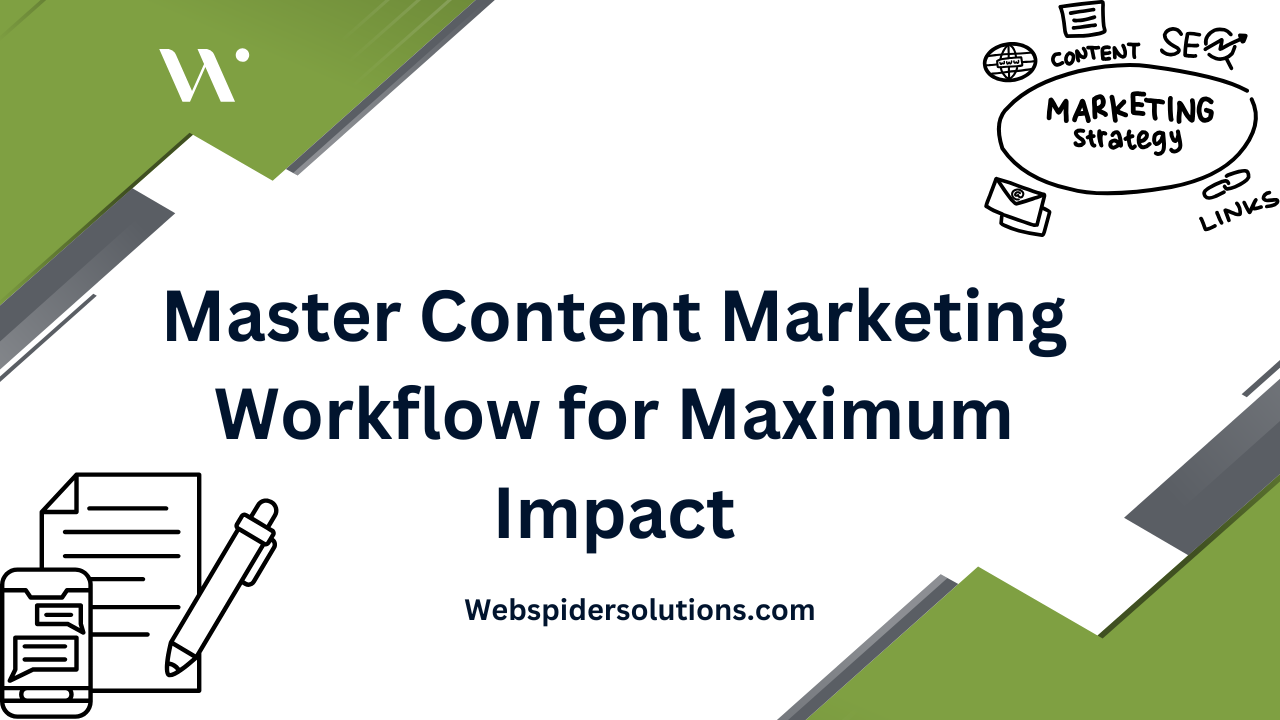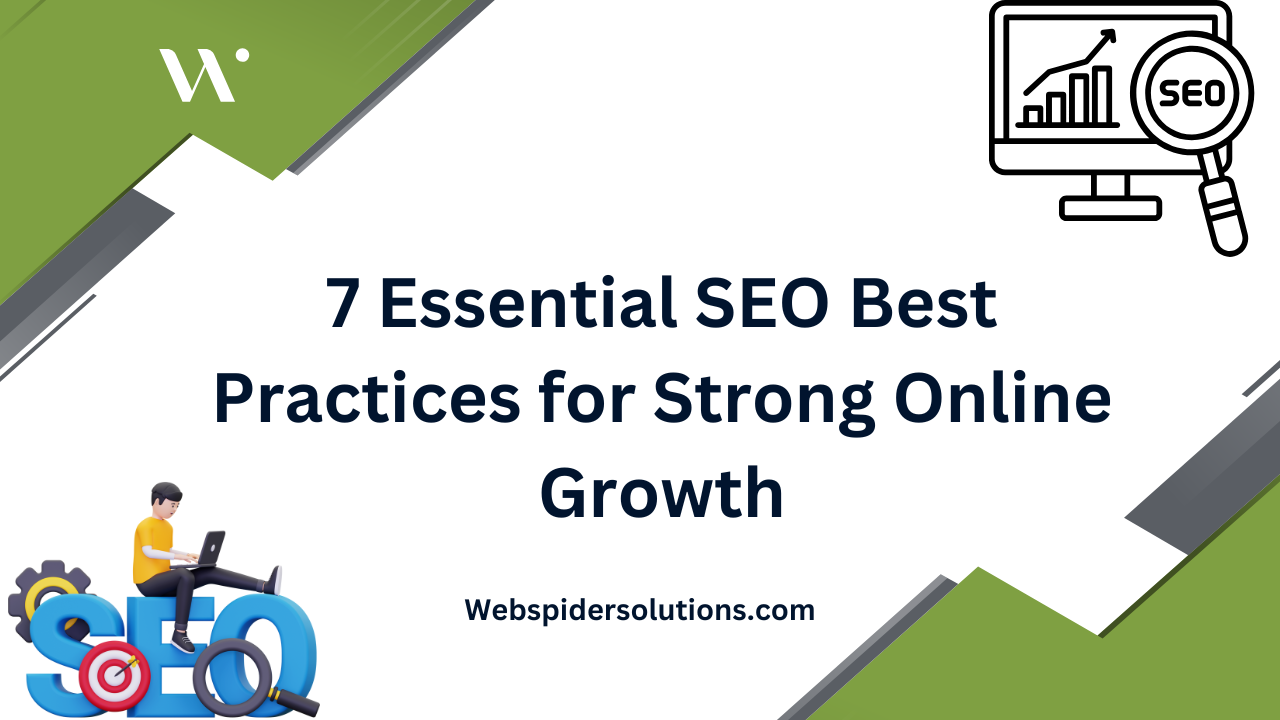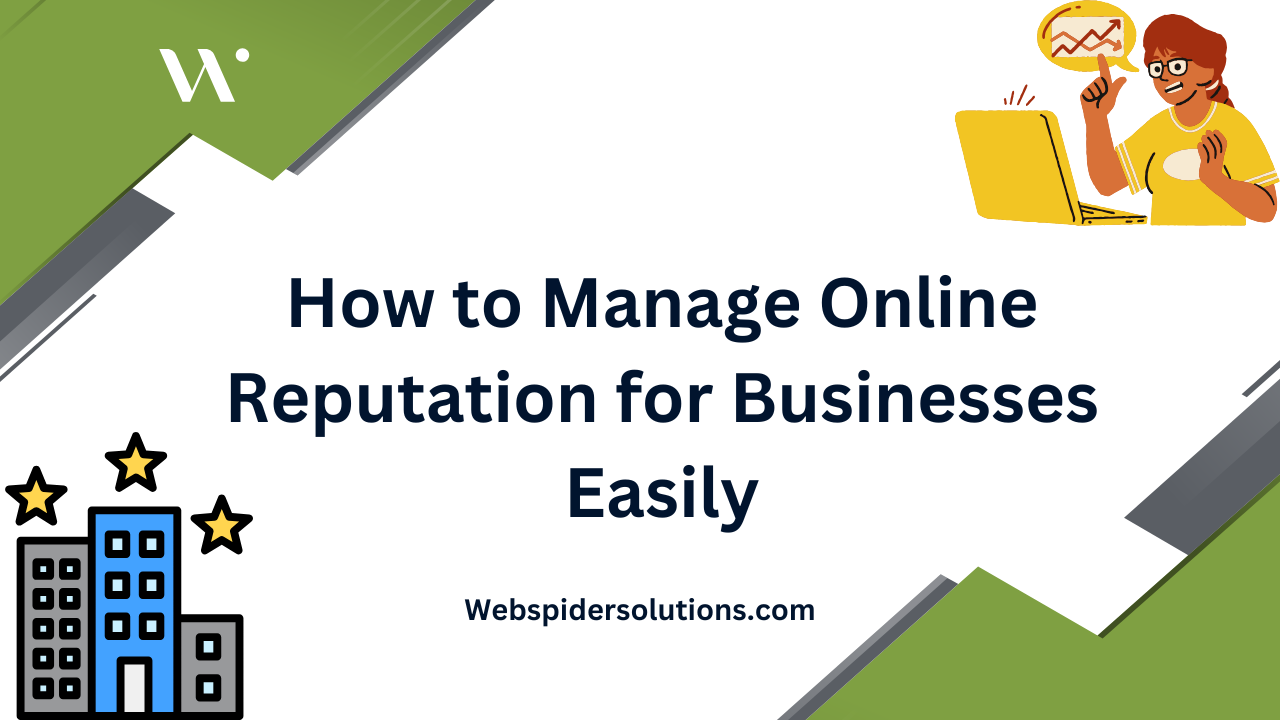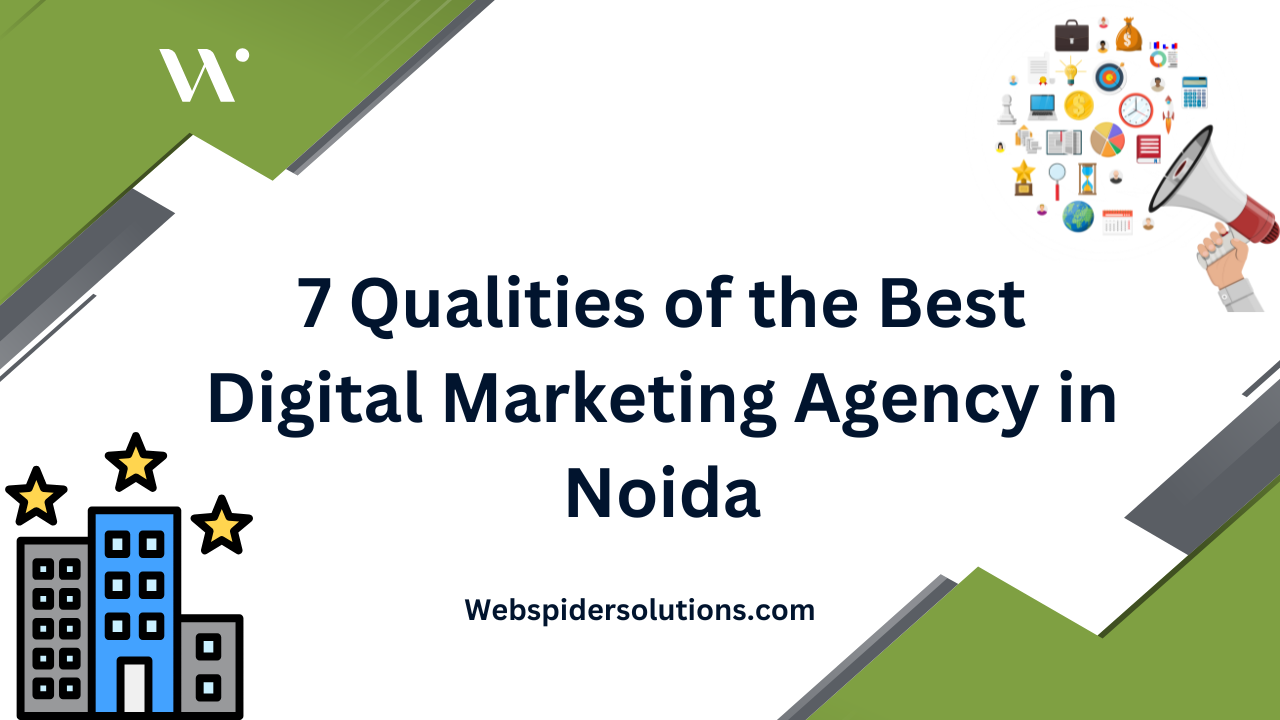Over 70% of marketers say a documented strategy is the single most important factor for content marketing success. Clear objectives and focused planning separate brands that grow from those that get lost in the crowd. If you want your content to drive results instead of just filling space, a proven, step-by-step process can turn your efforts into measurable business gains.
Table of Contents
- Step 1: Define Content Marketing Objectives
- Step 2: Research Audience And Competitors
- Step 3: Develop Focused Content Strategy
- Step 4: Create And Optimize Valuable Content
- Step 5: Distribute Content Across Channels
- Step 6: Measure Performance And Refine Workflow
Quick Summary
| Key Point | Explanation |
|---|---|
| 1. Define specific content objectives | Setting measurable goals like generating leads or increasing retention guides your content creation effectively. |
| 2. Research audience personas deeply | Understand audience pain points and behaviors to create more relevant and engaging content. |
| 3. Develop a flexible content strategy | Create a roadmap that connects audience needs with business goals, allowing for adaptability based on performance. |
| 4. Optimize content for engagement | Utilize SEO techniques and structured formats to enhance visibility and reader experience. |
| 5. Measure performance regularly | Establish a framework to track key performance indicators and refine your approach based on insights gained. |
Step 1: Define content marketing objectives
Defining clear content marketing objectives sets the strategic foundation for your entire marketing approach. This crucial first step transforms random content creation into a purposeful, targeted effort that drives meaningful business results.
According to research from Science Gate, content marketing fundamentally involves sharing strategic information in digital spaces to achieve specific organizational goals. To create powerful objectives, start by asking critical questions about what you want to accomplish. Are you seeking to generate leads? Build brand awareness? Establish thought leadership? Increase customer retention?
Research from David Publisher suggests top organizational objectives typically include lead generation and customer retention. When defining your objectives, make them specific and measurable. Instead of a vague goal like “increase engagement,” craft precise targets such as “generate 500 qualified leads per month” or “reduce customer churn by 15% through targeted content”.
A helpful tip is to align your content marketing objectives directly with broader business goals. This ensures your content strategy isn’t operating in isolation but serves as a strategic lever for overall company growth. Each piece of content should have a clear purpose that connects to these defined objectives.
In the next step, you will translate these objectives into a comprehensive content strategy that maps out exactly how you will achieve them.
Step 2: Research audience and competitors
Researching your audience and competitors is the critical groundwork that transforms your content marketing from guesswork to strategic precision. This step helps you understand who you are creating content for and how to differentiate yourself in a crowded market.
According to computational studies from arXiv, understanding audience engagement is fundamental to successful digital marketing. Start by developing comprehensive audience personas that go beyond basic demographics. Dive deep into their pain points, aspirations, online behaviors, preferred content channels, and communication styles. Use tools like Google Analytics, social media insights, customer surveys, and direct interviews to gather nuanced information about your target audience.
Research on social media marketing from arXiv highlights the importance of transparency and strategic audience analysis. When examining competitors, look beyond surface level content. Analyze their content types, posting frequency, engagement rates, topics covered, and audience interactions. Create a competitive content matrix that maps out their strengths and potential gaps you can exploit. This approach allows you to identify opportunities where you can create more targeted, valuable content that speaks directly to audience needs.
A pro tip is to continuously update your audience and competitor research.
 Markets evolve rapidly, and what works today might become irrelevant tomorrow. Set up quarterly review cycles to refresh your understanding and adapt your content strategy accordingly.
Markets evolve rapidly, and what works today might become irrelevant tomorrow. Set up quarterly review cycles to refresh your understanding and adapt your content strategy accordingly.
In the next step, you will use these insights to develop a comprehensive content strategy that precisely targets your audience’s needs and differentiates you from competitors.
Step 3: Develop focused content strategy
Developing a focused content strategy transforms your research insights into a powerful roadmap for content creation. This critical step aligns your marketing efforts with precise business objectives and audience needs.
Research from arXiv demonstrates how advanced analytical systems can help score and extract actionable marketing content insights. Start by mapping your audience personas to specific content types and channels. Create a strategic content matrix that outlines the following key elements: content themes, formats (blog posts, videos, infographics), target audience segments, primary objectives, and key performance indicators.
According to research on content optimization from arXiv, successful strategies involve blending multiple business objectives. Prioritize content pillars that directly address audience pain points while supporting your broader marketing goals. This means creating content that not only attracts and engages but also drives specific actions such as lead generation, brand awareness, or customer education.
A critical tip is maintaining flexibility in your strategy. While having a structured plan is essential, be prepared to pivot based on performance data and emerging audience needs. Regularly review your content performance metrics and be willing to experiment with new formats or approaches that could yield better results.
In the next step, you will begin creating high quality content that brings this focused strategy to life.
Explore our content marketing strategies for 2025 to gain additional insights into developing a robust content approach.
Step 4: Create and optimize valuable content
Creating and optimizing valuable content is where your strategic planning transforms into tangible marketing assets that engage and convert your target audience. This step is about crafting content that resonates deeply with your readers while meeting your defined marketing objectives.
Research from arXiv highlights the importance of using advanced analytical systems to evaluate content effectiveness. Begin by developing content that speaks directly to your audience personas. Focus on creating comprehensive pieces that address specific pain points with depth and authenticity. Each content piece should provide unique insights, actionable advice, or solutions that your audience cannot easily find elsewhere.
According to research on content optimization from arXiv, successful content balances multiple objectives while maintaining user engagement. Implement a rigorous optimization process that includes thorough keyword research, compelling headlines, clear structure, and multimedia elements that enhance understanding. Learn how to develop website content that drives SEO success to ensure your content not only resonates with readers but also performs well in search results.
A critical optimization tip is to create content with a clear hierarchy of information. Use subheadings, bullet points, and concise paragraphs to make your content easily scannable. Include data, expert quotes, and real world examples to build credibility and keep your audience engaged.
In the next step, you will learn how to distribute and promote your carefully crafted content across various channels to maximize its reach and impact.
Step 5: Distribute content across channels
Distributing content across multiple channels is the strategic process of amplifying your carefully crafted message to reach and engage your target audience wherever they consume information. This step transforms your content from a standalone asset into a dynamic marketing tool that generates visibility and drives meaningful interactions.
Research on social media marketing from arXiv emphasizes the critical importance of transparency and strategic content dissemination. Map out a multichannel distribution strategy that considers the unique characteristics of each platform. Tailor your content format to suit each channel while maintaining a consistent brand voice. For instance, transform a long form blog post into bite sized social media snippets, infographics for LinkedIn, short video clips for YouTube, and engaging stories for Instagram.
According to computational studies in arXiv, leveraging influencer networks can significantly extend your content reach. Understand the nuances of cross channel marketing to create a cohesive distribution approach that maximizes audience engagement. Consider using social media scheduling tools, email marketing platforms, and content syndication networks to streamline your distribution process.
A critical tip is to track and analyze performance metrics across different channels. Not all platforms will yield the same results, so be prepared to adjust your distribution strategy based on engagement rates, click throughs, and audience feedback.
In the next step, you will learn how to measure and analyze the impact of your content marketing efforts to continually refine and improve your approach.
Step 6: Measure performance and refine workflow
Measuring performance and refining your content marketing workflow is the critical final step that transforms data into actionable insights. This process ensures your content strategy remains dynamic, responsive, and continuously improving based on real world results.
Research from David Publisher reveals that successful organizations employ systematic methods to assess content marketing effectiveness. Establish a comprehensive measurement framework that tracks key performance indicators aligned with your original objectives. These metrics might include website traffic, engagement rates, conversion rates, social media shares, time on page, and direct revenue attribution.
According to advanced research from arXiv, utilizing neural network analytical systems can provide deeper insights into content performance. Learn how to run a comprehensive content audit to systematically evaluate your content portfolio. Create a quarterly review process where you analyze performance data, identify top performing content, understand audience preferences, and pinpoint areas requiring strategic refinement.

A critical tip is to maintain flexibility in your workflow. Performance measurement is not about punishment but continuous learning. Be prepared to experiment, pivot quickly, and view underperforming content as an opportunity for improvement rather than a failure.
In the final stage, you will integrate these insights to create an iterative content marketing approach that evolves with your business and audience needs.
Elevate Your Content Marketing Workflow with Expert Support
Mastering the content marketing workflow is essential to overcoming challenges like aligning clear objectives, understanding your audience deeply, and crafting high-value content that truly drives results. If you feel overwhelmed by managing each critical step from strategy to distribution and measurement, you are not alone. The detailed approach in this article highlights the importance of focused content strategy, optimization, and continuous refinement to maximize impact and growth.
At Web Spider Solutions, we specialize in helping businesses like yours unlock the full potential of their content marketing efforts. Whether you need to sharpen your B2B marketing tactics or amplify content distribution to targeted channels, our comprehensive services provide proven strategies tailored to your unique goals. Explore our B2B Marketing Archives for insights that align with this workflow or learn how targeted paid campaigns can boost visibility in our Paid Advertising Archives.
Don’t wait until your content loses momentum. Take the next step today by partnering with experts who understand how to translate your content marketing ambitions into measurable success. Visit Web Spider Solutions to get started with a free consultation and transform your content marketing workflow into a powerful driver of growth.
Frequently Asked Questions
How do I define content marketing objectives for maximum impact?
Defining content marketing objectives involves specifying what you aim to achieve, such as generating leads or increasing brand awareness. Start by developing measurable goals like “generate 500 qualified leads per month” to give your content strategy a clear direction.
What steps should I take to research my audience and competitors?
Begin by creating detailed audience personas that highlight their pain points and online behaviors. Simultaneously, analyze your competitors’ content types, engagement rates, and the gaps in their strategy to identify opportunities where you can differentiate your content.
How can I develop a focused content strategy that aligns with my objectives?
To develop a focused content strategy, map your audience personas to content types and establish a content matrix that includes themes, formats, and performance indicators. Regularly review this matrix to ensure it remains aligned with your marketing goals and audience needs.
What are effective ways to create and optimize valuable content?
Focus on creating content that directly addresses your audience’s pain points and offers unique insights. Incorporate thorough keyword research and ensure your content is easy to scan to maximize user engagement and search performance.
How do I effectively distribute my content across multiple channels?
To distribute your content effectively, tailor it for different platforms while maintaining a consistent brand voice. Use a multichannel strategy, transforming blogs into social media snippets or videos, to enhance reach and engagement.
What metrics should I measure to refine my content marketing workflow?
Measure key performance indicators such as website traffic, conversion rates, and engagement to assess your content’s effectiveness. Set up a quarterly review to analyze these metrics and adjust your strategy as needed to continuously improve results.
Recommended











